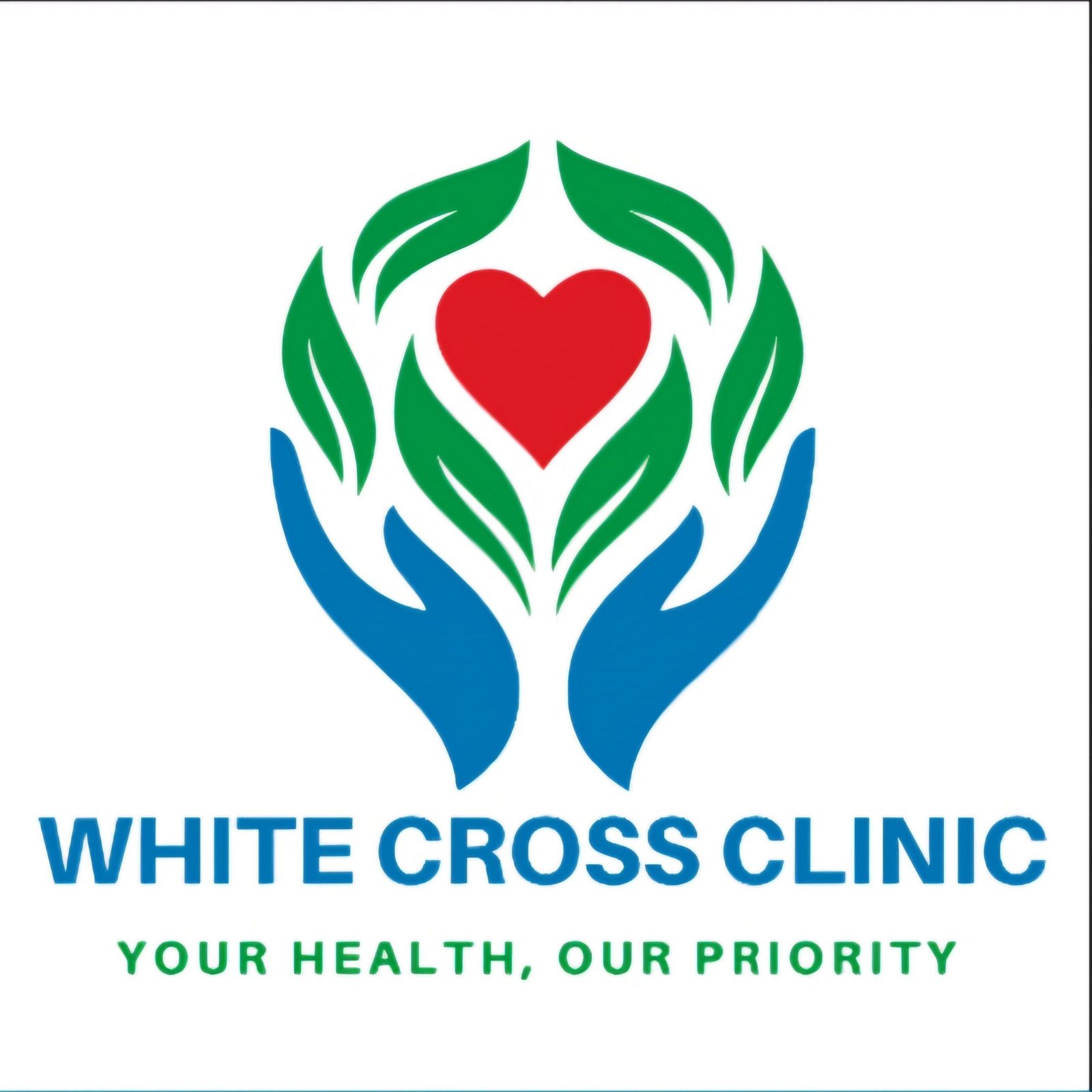Overview
Scarlet fever is a bacterial illness that develops in some people who have strep throat. Also known as scarlatina, scarlet fever features a bright red rash that covers most of the body. Scarlet fever almost always includes a sore throat and a high fever.

Scarlet fever
The red rash of scarlet fever usually begins on the face or neck, later spreading to the chest, trunk, arms and legs.
Scarlet fever is most common in children 5 to 15 years of age. Although scarlet fever was once considered a serious childhood illness, antibiotic treatments have made it less threatening. Still, if left untreated, scarlet fever can result in more-serious conditions that affect the heart, kidneys and other parts of the body.
Symptoms
The signs and symptoms that give scarlet fever its name include:
- Red rash. The rash looks like a sunburn and feels like sandpaper. It typically begins on the face or neck and spreads to the trunk, arms and legs. Pushing on the reddened skin makes it turn pale.
- Red lines. The folds of skin around the groin, armpits, elbows, knees and neck usually become a deeper red than the other areas with the rash.
- Flushed face. The face may appear flushed with a pale ring around the mouth.
- Strawberry tongue. The tongue generally looks red and bumpy, and it’s often covered with a white coating early in the disease.
Signs and symptoms of scarlet fever also include:
- Fever of 100.4 F (38.0 C) or higher, often with chills
- Very sore and red throat, sometimes with white or yellowish patches
- Difficulty swallowing
- Enlarged glands in the neck (lymph nodes) that are tender to the touch
- Nausea or vomiting
- Belly (abdominal) pain
- Headache and body aches
The rash and the redness in the face and tongue usually last about a week. After these signs and symptoms have gone away, the skin affected by the rash often peels.
When to see a doctor
Talk to your health care provider if your child has a sore throat with:
- A fever of 100.4 F (38.0 C) or higher
- Swollen or tender glands in the neck
- A red rash
Signs and symptoms that need emergency evaluation
In children and teens, any of the following symptoms need emergency evaluation:
- New shortness of breath at rest
- Trouble breathing (grunting, pulling-in chest muscles between the ribs, nostril flaring)
- Noisy, wheezy or raspy breathing that does not clear with coughing
- Rapid breathing
- Chest pain
- Inability to swallow liquids or saliva, muffled voice, or inability to open mouth fully
- Confusion, lack of energy, or inability to stay alert and awake
- Dizziness when sitting or standing
- Drooling (if age 3 years or older)
- Persistent or severe vomiting or diarrhea
- Dehydration
For infants less than 2 months old, additional symptoms needing emergency evaluation include:
- Inability to be comforted
- Breathing that repeatedly starts and stops
- Temperature less than 96.0 F (35.5 C) or greater than 100.4 F (38 C)
